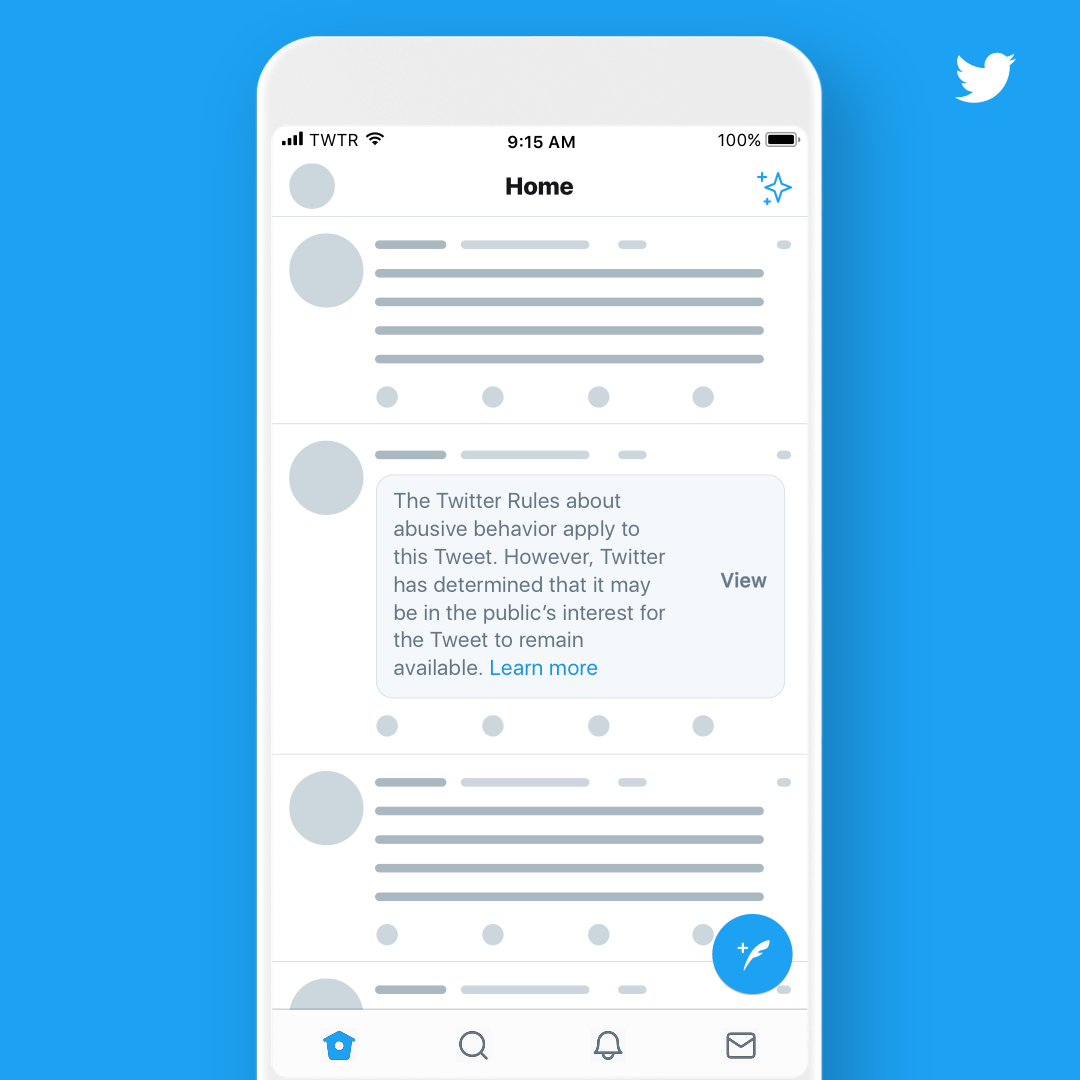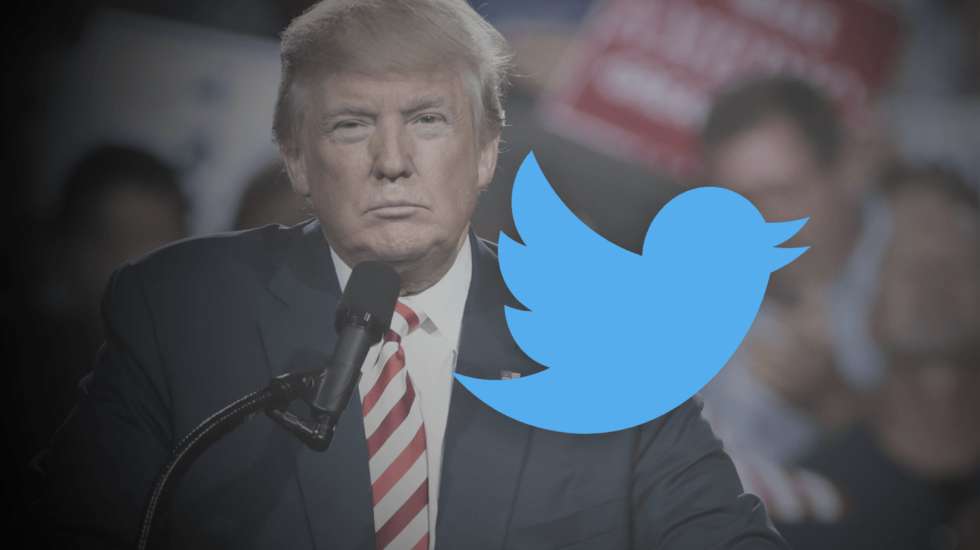It’s no secret that Twitter is President Trump’s favorite form of communication. He tweets several times every day — sometimes much more often — about anything and everything that attracts his attention, from personal affronts to foreign policy decisions and threats of war.
And that’s a problem for Twitter, given Trump’s tendency to exaggerate, decieve, bully and lie.
So the networking service has come up with a new policy that, as Vox puts it, “tries to strike a balance on a question that has long vexed the platform: How can it protect free speech rights and ensure citizens can see world leaders’ tweets that are of public interest, while also making Twitter a safer place for dialogue?”
“In the past,” Twitter said in its Wednesday announcement, “we’ve allowed certain Tweets that violated our rules … Twitter because they were in the public’s interest, but it wasn’t clear when and how we made those determinations. To fix that, we’re introducing a new notice that will provide additional clarity in these situations, and sharing more on when and why we’ll use it.”
The new notice will look like this:

“Trump’s Twitter provocations have caused critics to call on Twitter to enforce its policies when his tweets violate them, but the company has consistently declined to do that” in the past, says Vox, offering the president’s tweeted threat against North Korea in 2017 as an example.
Twitter said at the time that it had to hold all accounts to the “same rules,” but that it took into consideration whether a tweet is of “public interest” — and a tweet from the president falls into that category, pretty much by definition.
Tweets subject to the warning notice must be from “a government official, be running for public office, or be considered for a goverment position” or such a person’s representative — and have more than 100,000 Twitter followers.
When a reader sees the warning notice, Twitter says, the tweet “will feature less prominently” and will not appear in “Safe search, Timeline when switched to Top Tweets, Live events pages, Recommended Tweet push notifications, Notification tab, or Explore.”



